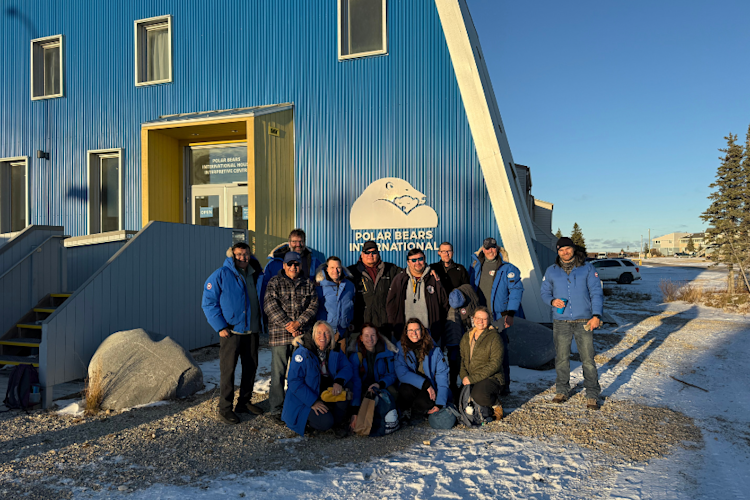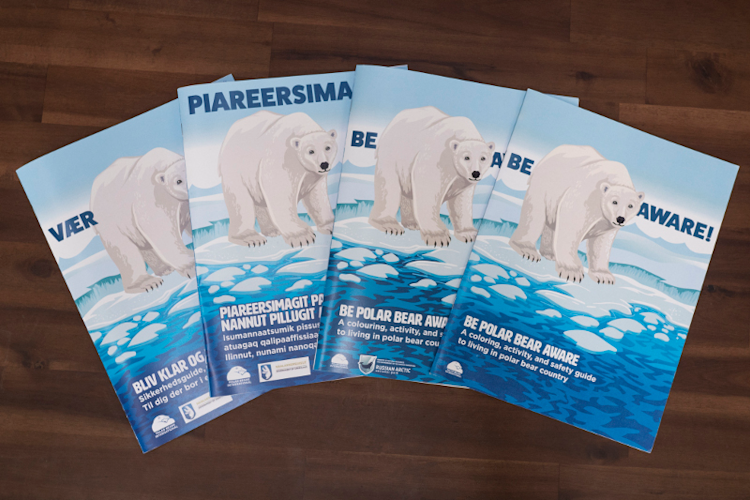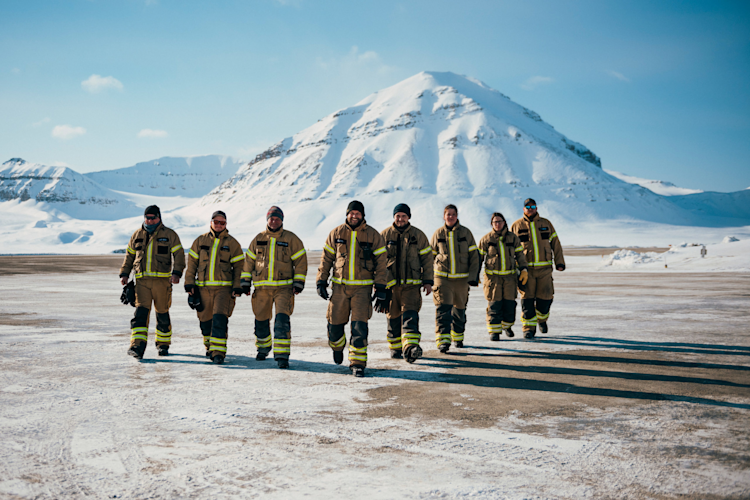Wapusk in Northern Ontario
Most Canadians likely don’t know that their most populous province includes a few resident polar bears. While most people in Ontario live near the border with the United States, the province stretches a long way north until it touches Hudson Bay. There are fewer people up here, just a handful of communities on rivers near the coast. Most people who live here are Cree, and many still follow traditional ways, hunting, fishing, and trapping.
Being out on the land and waters, people are used to occasionally seeing polar bears (“wapusk” in Cree). What they are not used to is the increasing frequency of bear encounters. The bears of the threatened Western Hudson Bay population are spending more time on land. Their favored sea ice habitat has been shrinking over the years, as climate change effects take hold. At the same time, people from the Hudson Bay communities are using the shoreline more than they used to, building cabins and camps.


















